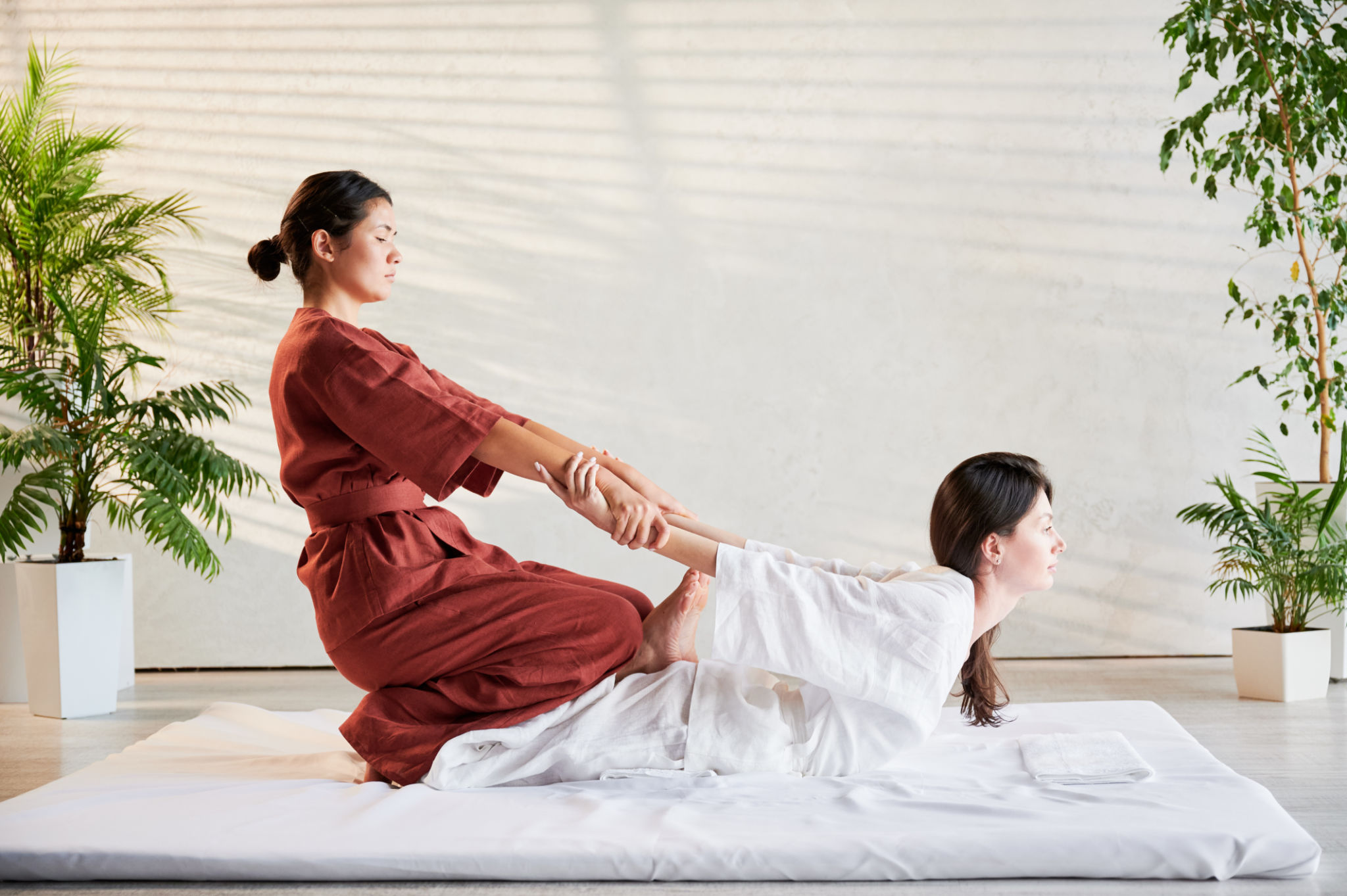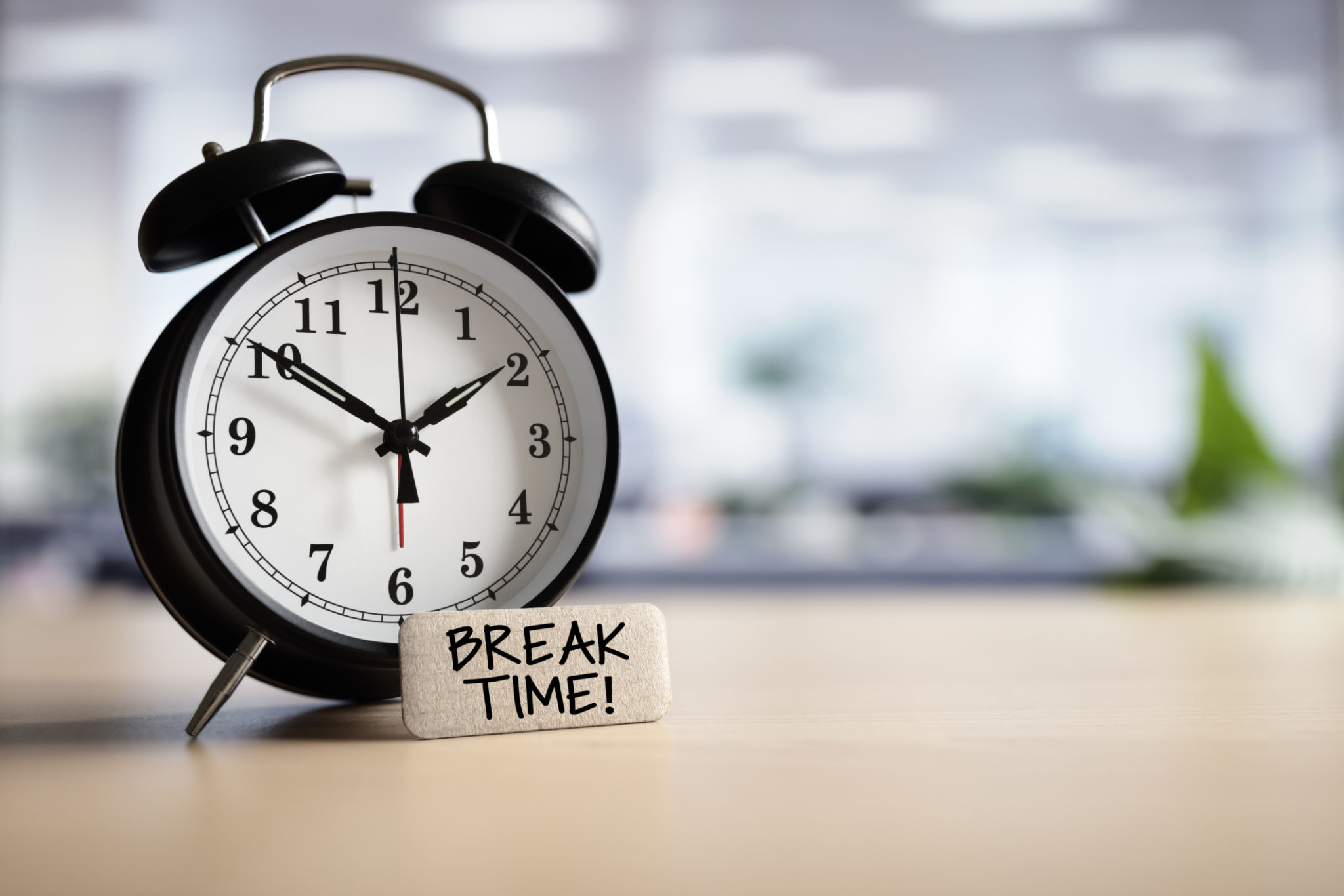Preparing for Your First Thai Massage: What to Know Before You Go
Understanding Thai Massage
Thai massage is a unique blend of acupressure, Indian Ayurvedic principles, and assisted yoga postures. Unlike traditional massages that often require the use of oils and take place on a massage table, Thai massage is typically performed on a mat on the floor. It involves the therapist using their hands, knees, legs, and feet to move you into a series of stretches. This technique helps improve flexibility, relieve muscle tension, and enhance circulation. Understanding these differences is key to fully appreciating the benefits of Thai massage.

What to Wear
One of the most common questions first-time visitors have is what to wear during a Thai massage session. Since Thai massage involves a lot of movement and stretching, it's best to wear loose, comfortable clothing that allows for flexibility. Opt for items like yoga pants or athletic shorts paired with a breathable top. Most spas will provide attire if needed, but it’s always best to check ahead of time.
Pre-Massage Preparation
Preparing for your Thai massage session can greatly enhance the experience. Here are a few tips:
- Hydrate: Drink plenty of water before your session to keep your body hydrated.
- Avoid Heavy Meals: Try not to eat a heavy meal at least an hour before your massage to avoid discomfort.
- Communicate: Inform your therapist of any injuries or areas of concern so they can tailor the session to your needs.

What to Expect During Your Session
Your first Thai massage can be quite different from what you might be used to. The therapist will guide you through a series of stretches and apply pressure in various ways. Unlike Western massage techniques, Thai massage does not focus on rubbing muscles but instead engages your entire body through passive stretches. Be prepared for an active session where you might be asked to participate in certain movements.
The Role of Breathing
Breathing is an integral part of the Thai massage experience. Your therapist might instruct you to breathe deeply during certain stretches or pressure points. Proper breathing helps relax the body and allows for more effective muscle release and stress reduction.

Post-Massage Care
After your session, it's important to take some time to relax and let the benefits of the massage settle in. Here are some post-massage care tips:
- Rest: Give yourself time to rest and recover. Avoid strenuous activities immediately after your massage.
- Rehydrate: Drink water to help flush out toxins released during the massage.
- Eat Light: Opt for a light meal if you're hungry, focusing on easily digestible foods.
Reflecting on the Experience
Taking a few moments to reflect on your Thai massage experience can be beneficial. Consider how you felt during and after the session. Did it meet your expectations? Are there areas you would like to focus on for future sessions? This reflection can help you communicate better with your therapist in the future and enhance your overall experience.

Booking Your Next Session
If you enjoyed your first Thai massage, consider booking regular sessions. Regular massages can contribute to long-term health benefits such as improved flexibility, reduced stress levels, and enhanced overall well-being. As you become more familiar with the practice, you'll begin to notice how your body responds differently over time, allowing for even greater relaxation and healing.